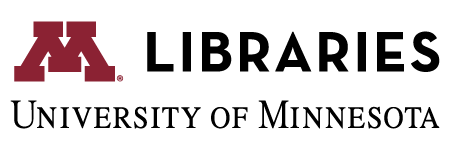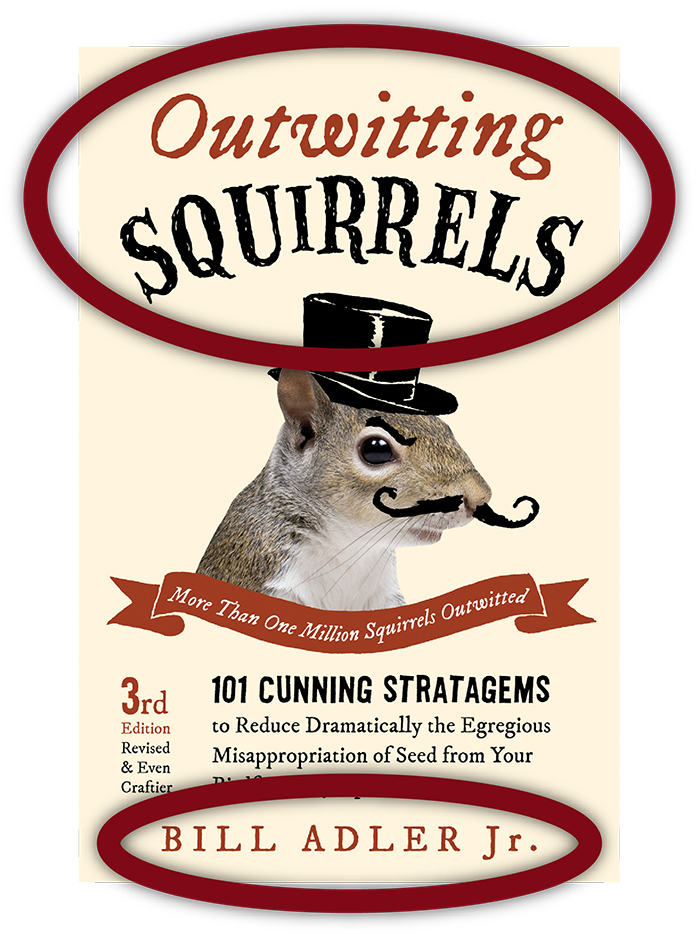What Are Citations?
After completing this tutorial, you will be able to:
- Explain what a citation is and where to use one.
- Articulate reasons why citations are important.
- Identify the parts of a citation.
- Recognize a source’s type by its citation.
Navigate using your keyboard's left and right arrows or use the navigation links at the bottom of the screen. Pressing escape on your keyboard will show a slide view.
Continue with the tutorial
Last updated April 2018
What Are Citations?
Citations:
- indicate which ideas are taken from others
- from whom those ideas were taken
- give credit where credit is due
- allow researchers to find, read, and comment on each others’ sources

Why Are Citations Important?
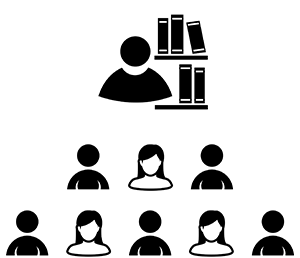
Authors use citations for many important reasons:
- to show how their arguments or theses are built upon the ideas of others
- to give readers the opportunity to look up the authors' sources for further inquiry
- to indicate well-rounded and well-researched scholarship
What Does a Citation Look Like?
A citation is typically found in two places:
In-Text Citations

Reference Lists/Bibliographies
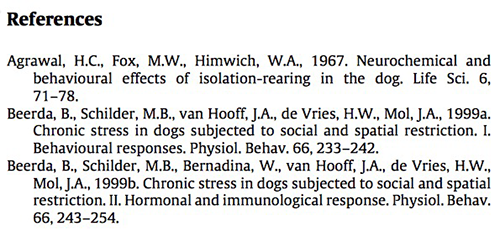
In-Text Citations
Authors use in-text citations after they have paraphrased, summarized, quoted or otherwise used another author’s work.
Examples of in-text citations include parentheses, footnotes or endnotes.


Reference Lists
A reference list includes information on all of the sources an author used. It can also be called a bibliography or works cited.
Each item in the list includes information such as title, author and publication date.
A reference list is usually listed at the end of a paper with the exception of footnotes which are at the bottom of each page.

Reading a Citation
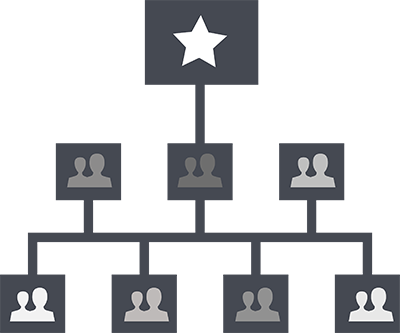
Knowing how to read a citation in a reference list or bibliography will help you identify different types of sources that an author used in their research.
You can use a reference list from another researcher to find related sources on your topic, or to find counterpoints to your research.
Let’s look at citations for three common types of sources:
- articles
- books
- websites
Reading Citations: Article Citations
A citation for an article can include:

Reading Citations: Article Citations
Why is this important?
You will use citations to find articles. To find an article, you need to know:
- the title of the article
- the title of the journal it's published in
The journal title is often what is listed in library catalogs.

Reading Citations: Article Citations
How do you know if it is an article?
The presence of two titles (article and journal) are the biggest clue that this is an article. Volume Number and Issue Number are also big clues as books will not have those pieces in a citation.

Reading Citations: Book Citations
A citation for a book can include:

Reading Citations: Book Citations
Why is this important?
You will use citations to find books. To find a book, you need to know:
- the title of the book
- the author
Year, edition, format, and publisher help distinguish between versions.
Reading Citations: Book Citations
How do you know if it is a book?
The place of publication and publisher’s name are the biggest clues that this is a book. The single title and lack of page numbers are additional clues.

Reading Citations: Website Citations
A citation for a website can include:

Reading Citations: Website Citations
Why is this important?
To find and verify a website, you need to know the URL.
Since websites change frequently, knowing the date accessed is similar to knowing a publication date.

Reading Citations: Website Citations
How do you know if it is a website?
The date accessed and the presence of a URL are the biggest clues that you are looking at a citation for a website.

Citation Styles
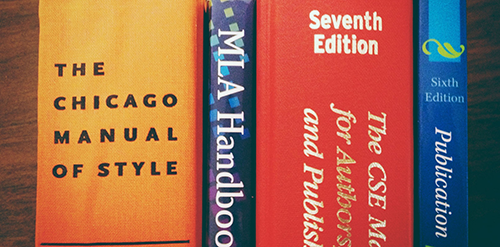
Citations 2 CC by fixedandfrailing
Different disciplines cite in different ways which means that there are many different citation styles.
Your professor or department will tell you what style to use.
Style guides, manuals and handbooks are available both in print and online.
Examples of Citation Styles: Article Citations
Here is a citation for an article in two different citation styles: MLA and APA. Note how the same information is available, just in a different order.
MLA Style:
Kaczorowski, Maya. & Janusz Kaczorowski. “Ice cream evoked headaches (ICE-H) study: randomised trial of accelerated versus cautious ice cream eating regimen.” BMJ, 325.7378 (2002): 1445–1446. Web. 1 November 2015.APA Style:
Kaczorowski, M. & Kaczorowski J. (2002). Ice cream evoked headaches (ICE-H) study: Randomised trial of accelerated versus cautious ice cream eating regimen. BMJ, 325(7378), 1445–1446. http://dx.doi.org/10.1136/bmj.325.7378.1445Examples of Citation Styles: Book Citations
Here is a citation for book in two different citation styles: MLA and APA. Note how the same information is available, just in a different order.
MLA Style:
Dreger, Alice. Galileo’s Middle Finger: Heretics, Activists, and the Search for Justice in Science. New York: Penguin. 2015. Print.APA Style:
Dreger, A. (2015) Galileo’s Middle Finger: Heretics, activists, and the search for justice in science. New York, NY: Penguin.Knowledge Check
What Are Citations? Review
You are now able to:
- Explain what a citation is and where to use one. For example, researchers use citations to give credit to other authors’ research.
- Articulate reasons why citations are important. Citations communicate the breadth and depth of research.
- Identify the parts of a citation. Information included in a citation depends on the source and citation style you use.
- Use style manuals (in print or online) to help you cite your sources correctly.
Get Help
Do you have questions?
- Meet with a Peer Research Consultant for help with your research.
- Visit the University Libraries’ resources on Citation Styles and Guides.
- Learn about ways to organize your research with Citation Managers.
Design and content by the University of Minnesota Libraries Instructional Design Team: Lindsay Matts-Benson and Andrew Palahniuk. For accessibility accommodations, or to receive this information in alternative formats, contact libid@umn.edu or 612-624-0365.
The content in this work is licensed under a Creative Commons Attribution-NonCommercial-ShareAlike 4.0 International License. Some images are copyright.


